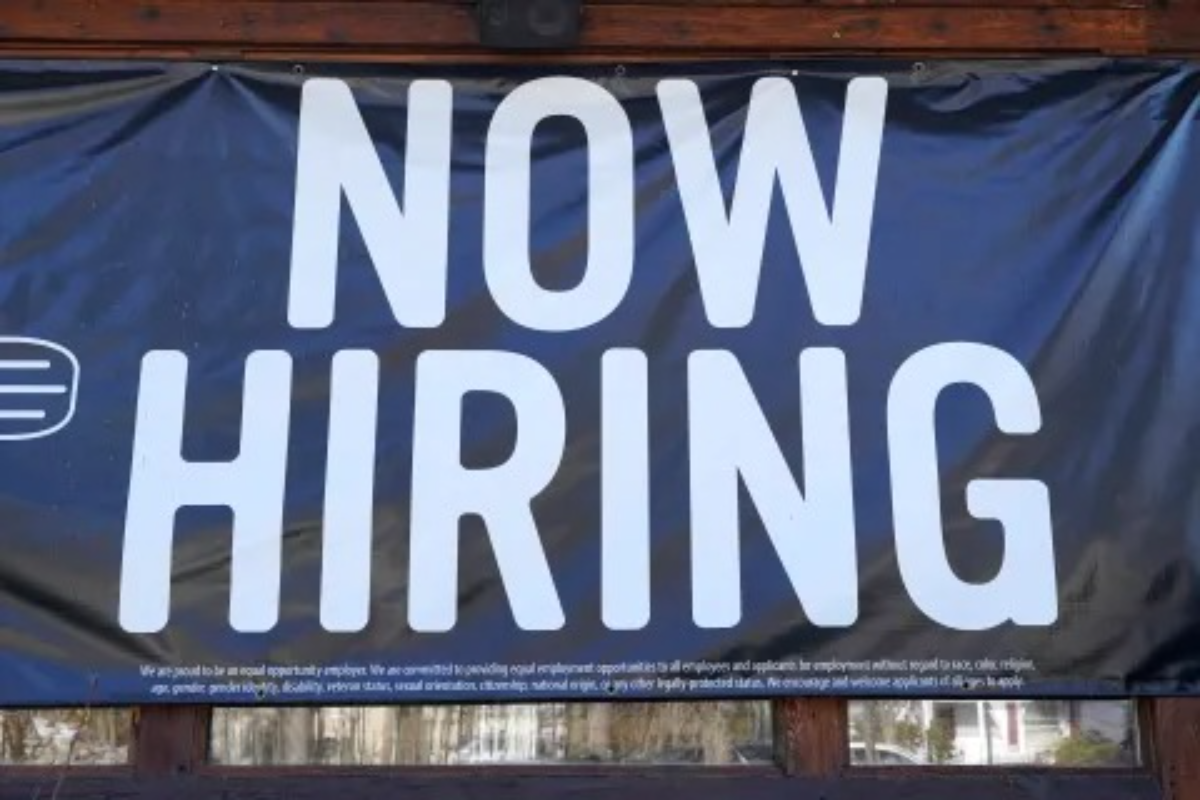In the June quarter, ANZ and Indeed recorded a 7.1 per cent decline in the the average number of job ads, a faster pace than the three per cent fall in the three months to March.
Cracks are starting to appear in the labour market, which for a long time has proved surprisingly resilient to an economy battered by higher interest rates and still-elevated inflation.
ANZ economist Madeline Dunk said job ads were following a similar pattern as other labour market indicators, which were all easing from strong starting positions.
Much of the adjustment in the labour market so far had played out in hours worked, with employers choosing to prune back hours as work dries up.
“But with average hours worked per person back in line with the long-run trend, we think the pace of employment growth will slow from here” she said.
Despite the 2.2 per cent fall in job ads in June, the series was still sitting 17.8 per cent above pre-pandemic levels.
Yet average job ad numbers are now a long way from their June 2022 peak, down 25.8 per cent.
The Reserve Bank of Australia expects the labour market to soften as its interest rate hikes work to slow the economy and bring inflation back within its two-three per cent target range.
Yet it’s tolerating a lengthy timeline to bring inflation back to target to preserve hard-won gains in the labour market, expecting to be back within the band in late-2025 and at the midpoint in 2026.
Hotter-than-expected inflation numbers released last week put another interest rate hike back on the menu at the August meeting.
Yet Deputy Governor Andrew Hauser tempered speculation stemming from the volatile monthly inflation indicator, stressing there was more data to come before the next meeting.
The federal government has also been under pressure to prove it is doing its bit to cool inflation, including addressing concerns tax relief kicking in this week will not stoke the inflationary fire.
Treasurer Jim Chalmers said the tax cuts were coming in at “precisely the right time”.
“But not every dollar of it hits the economy at once,” he said.
“That point is sometimes lost when people think about the inflationary or non‑inflationary impact of cost‑of‑living policies,” he said.
– AAP

